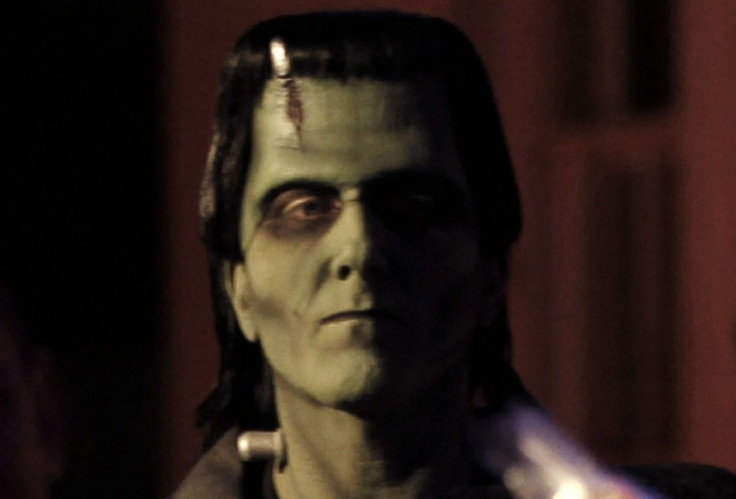Frankenstein Mummies Found in Scotland Baffle Scientists
Archaeologists discover two 3,000-year-old skeletons made up of the bones of different people

An international team of scientists has discovered two 3,000-year-old skeletons in the Outer Hebrides which they claim were made up of the DNA of six different people, in a sinister precursor of Mary Shelley's story of the Frankenstein monster.
Laboratory analysis of DNA samples of the female skeleton's jawbone, skull, arm, and leg, however, showed that the bones came from different people, none of whom shared the same mother. The female was made from body parts dating to around the same time period, said the scientists. Isotopic dating showed that the male mummy was made from people who died a few hundred years apart, according to a National Geographic report.
Some soft tissue was also still attached to the bones, suggesting a remarkable - and unexplained - level of preservation, added the scientists.
Scientists believe that cave people may have removed the bodies from the burial site and preserved them for several years before burying them again.
Carbon dating suggests that the remains were buried up to 600 years after death, according to the Discovery report.
Researchers suggest another reason for the mix of body parts was in line with an ancient custom. It may have been done to create a symbolic ancestor that was believed to embody traits from multiple lineages, according to the National Geographic report.
"Mummification apparently took off in Britain about 1500 BC at a time when land ownership - communal rather than private, most likely - was being marked by the construction of large-scale field systems," LiveScience quoted Mike Parker-Pearson, an archaeologist at the University of Sheffield in England.
"Rights to land would have depended on ancestral claims, so perhaps having the ancestors around 'in the flesh' was their prehistoric equivalent of a legal document."
According to Parker-Pearson, merging different body parts of ancestors into a single person could represent the merging of different families and their lines of descent. "Perhaps this was a prelude to building the row of houses in which numerous different families are likely to have lived," he said.
© Copyright IBTimes 2025. All rights reserved.



















